Bay Area I: San Francisco, Berkeley, & Silicon Valley
This is the first of two blog posts documenting my visit to the San Francisco Bay area from August 22 to September 5, 2016. I was lucky enough to be invited by the Center for Applied Rationality (CFAR) for an expenses-paid workshop for AI researchers, which ran from August 30 to September 5. I arrived a week early to do some sight seeing around the Bay area before the workshop. This post documents some of what I did, and shows some of the better photos that I took during my first week in CA. The second post will discuss what I learned at the CFAR workshop, during the second week.
Disclaimer: I put this post together in December 2016, based on the notes and photos that I took in August. All of the photos were taken on my Nexus 5; many of them came out quite underexposed and so I’ve done my best to fix them up with some post-processing in Google Photos. I apologise in advance for the filter abuse and for blatantly tryharding at photography with a shitty smartphone camera and zero skill ¯\_(ツ)_/¯. For those interested, the complete album can be found here.
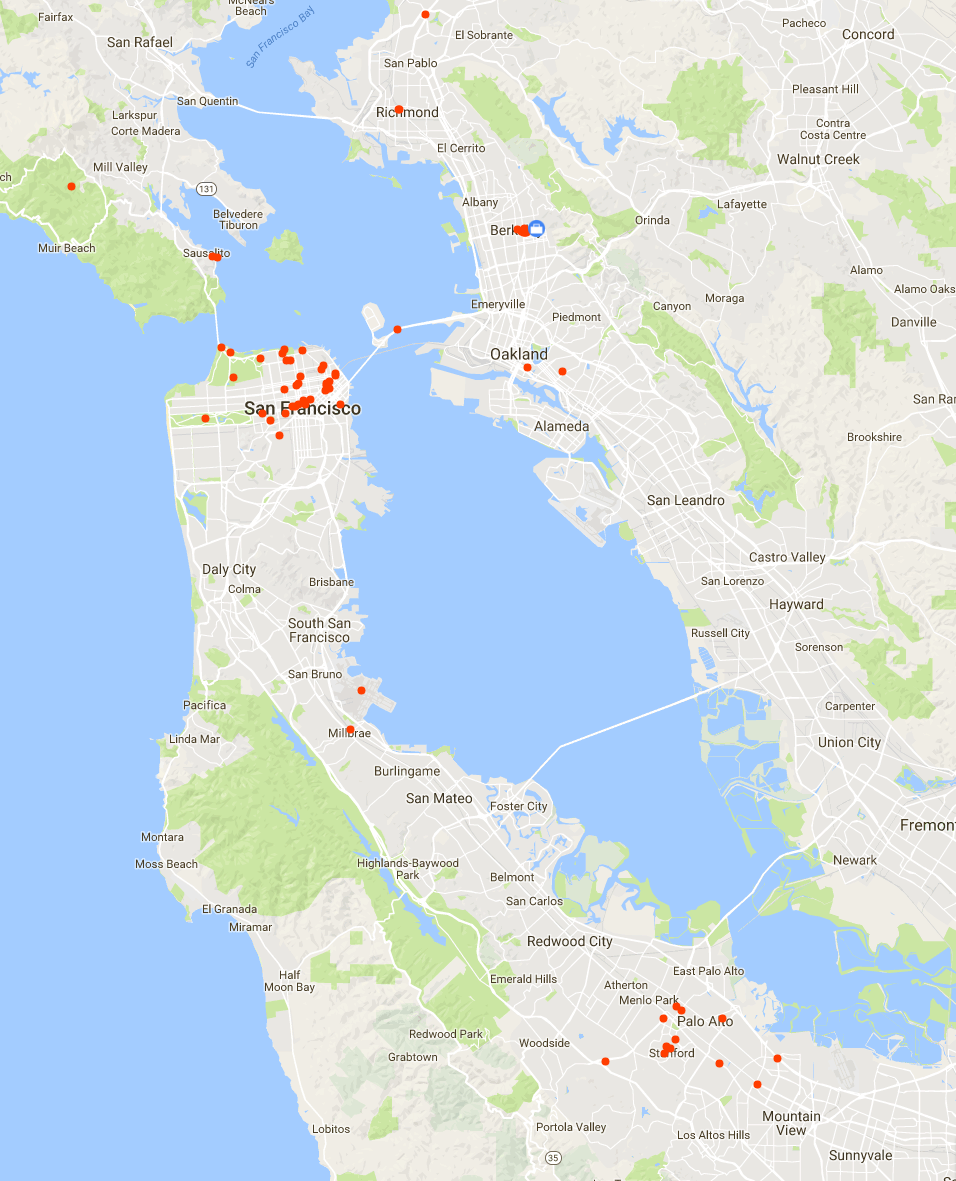
Aug 23: San Francisco
For the duration of my visit, Bay Area Rapid Transit (BART) was my ride of choice around the Bay. Like much of the public infrastructure, it is pretty ancient, and dates back to the 80s or earlier. Unlike Australian trains (I think; after all, I’m just a simple Canberra boy), push bikes are allowed on board, with their own designated areas. Dogs are also a relatively common sight.
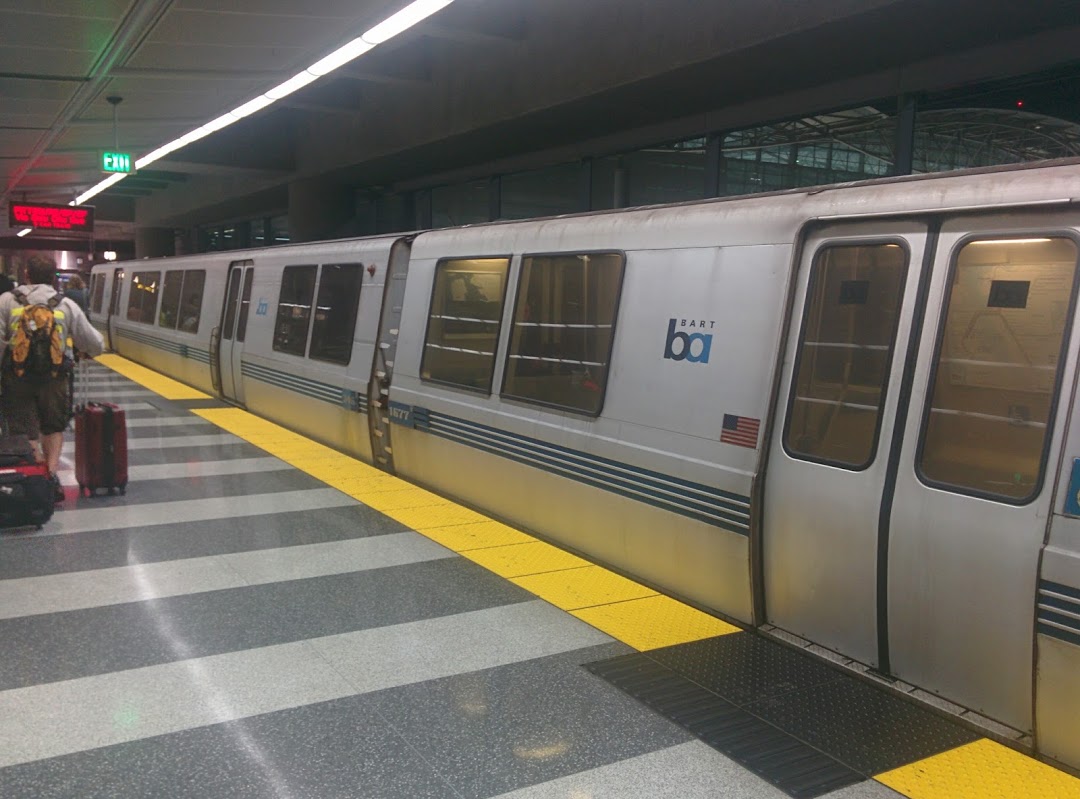
Here it comes: the obligatory photo of the Golden Gate Bridge. I really underestimated the scale of the place; it took like three hours to walk from downtown SF to the bridge. From this lookout, I managed to catch a small container ship passing into the Bay, which you can just make out in the right of the shot.

The Palace of Fine Arts is a restored monument constructed for the 1915 Panama-Pacific Exhibition. It housed the art exhibits, and since then it has been maintained and rebuilt in stone as a monument in its own right. I thought this was an magnificent statement of the American spirit: build a large monument, not for the church, or for a king, but simply because they can.

I took this next photo as a piece of social commentary. Here we are in the U.N. Plaza, part of the Civic Center. The Plaza commemorates the signing of the United Nations Charter in 1945. At the end of the plaza is the city hall. Framing the photo are the U.N. and U.S. flags. This is surely an impressive landmark; it is of historical significance to American and world history. This is juxtaposed with the line of homeless people queueing for food stamps, in the left of the shot. Behind me (out of shot) are dozens more homeless men and women, distributed through the square and around the entrance to the BART station. The smell of weed is not far off.
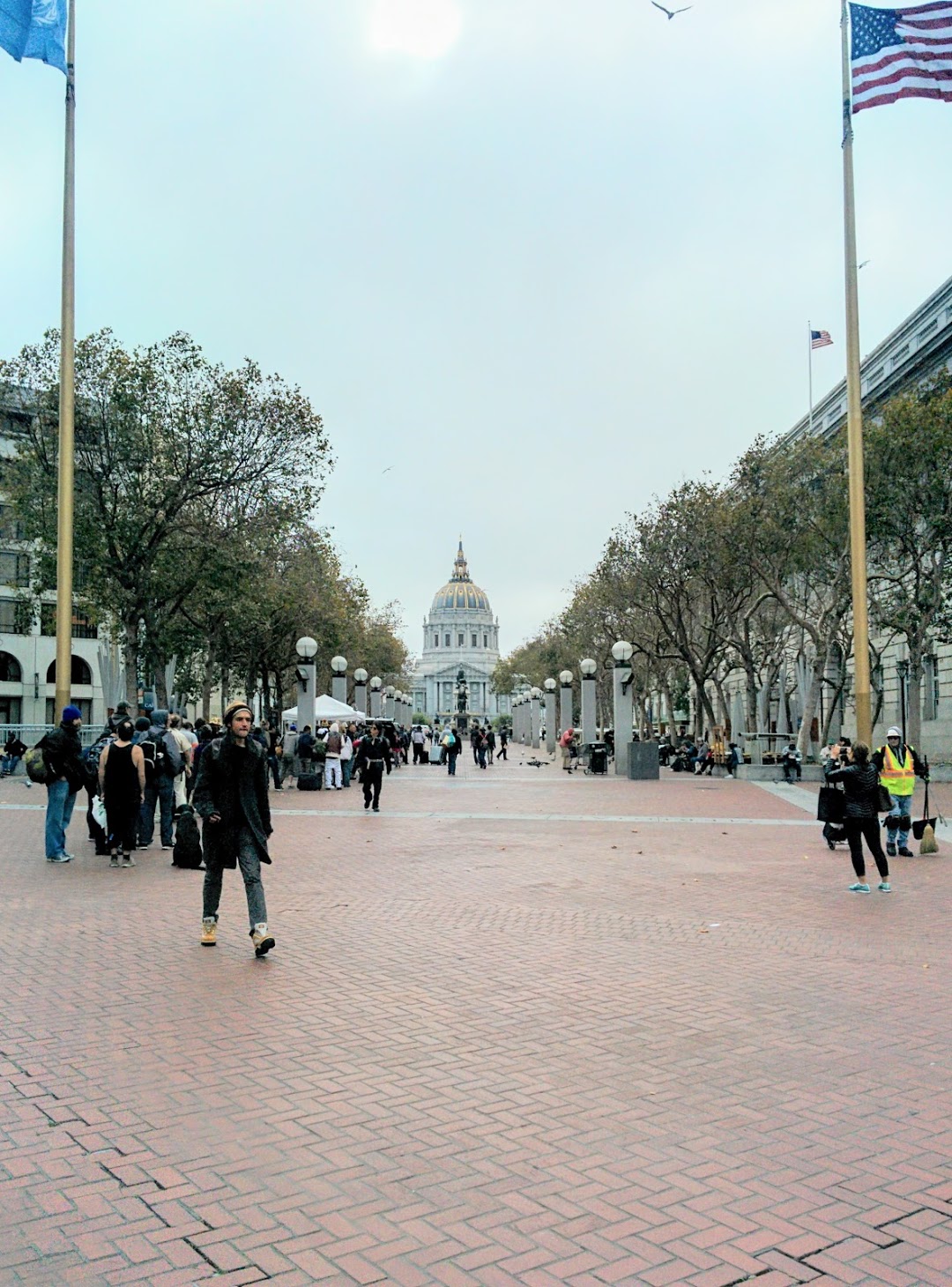
Walking around downtown SF was a pretty eye-opening experience. At the time, it frequently made me uncomfortable. The number of poor, homeless, and desperate people in the streets was really confronting. During an afternoon strolling around, I probably saw every different make and model of expensive sports car, no doubt driven by one of Silicon Valley’s 76,000 (m|b)illionaires. At any given time there would be at least a dozen homeless men and women within sight. Around the financial district, and near the offices of the likes of Uber and Twitter, it’s trivially easy to spot who belongs to which tribe: there’s the healthy 20 or 30-something walking with purpose, sipping a coffee, wearing a suit or a tech company T-shirt; the rest is largely unhealthy, looking over 50 regardless of their age, poor, mentally ill, and disenfranchised. At many points, I was left with the impression of visiting a paradoxically industrious and progressive third world country.
For most of the week, I stayed in the Green Tortoise, a groovy youth hostel on Broadway, in the middle of the San Francisco’s red light district. Many of the clubs around here were open and bouncing 24 hours a day. I met people from various nationalities during my stay; Australians were definitely over-represented. Price was roughly $70 per night for bunk-bed, dorm-style rooms. Pretty decent accommodation; would recommend.

This next photo was taken near the hostel, looking down Kearny street towards downtown. For me, it captures several distinctive features of San Francisco:
- the low cloud, which is ubiquitous even in late summer,
- the Victorian-era buildings, with two excellent specimens visible at the intersection with Columbus Ave,
- the rampant capitalism, represented by the Transamerica Pyramid, in the background to the left,
- the let-it-all-hang-out hedonism of the strip clubs and adult video store,
- the iconic steep sloping streets,
- and the juxtaposition of private wealth with crumbling public infrastructure: the 30 year old bus next to late-model cars (including a Pruis and SmartCar – Californians are quite an environmentally conscious lot).

Aug 24: UC Berkeley & MIRI
The University of California (UC), Berkeley is probably the most prestigious public university in the world, and is well renowned for its computer science department, among others. It turned out by chance that the day of my visit was the first day of class, so the campus was vibrant and thrumming with thousands of undergrads. The whole place had a great atmosphere: the scale, the beautiful buildings, the laid-back-but-high-achieving feel of the place, with all this academic history and prestige against the backdrop of sunny California. The campus makes ANU’s look very second-rate in comparison.

My sarcastic Australian sensibilities suggested initially that the sign in the following photo was a deliberate gag, but I’m convinced that it’s not. This is evidence of the earnest and unapologetic prestige and ambition of UC Berkeley. I’m sure it never even occurred to the people that commissioned the sign that this could be interpreted as a joke! Americans don’t suffer from tall poppy syndrome as we do ;).

With my colleague Tom Everitt’s introduction, I had booked a short afternoon meeting with Jessica Taylor and Patrick LaVictoire at the Machine Intelligence Research Institute in Downtown Berkeley. AI Safety is an area that is currently blowing up as a sub-field of artificial intelligence research. My group has produced a number of safety researchers; both Tom and Jan (my MSc thesis supervisor) are heavily involved in safety research, as is Daniel, who graduated in 2015.
I ended up hanging out in the MIRI/CFAR shared working space after the last day of the workshop, on the 5th of September. On the right are a pair of bowls on the table containing complimentary MealSquares (as advertized on Slate Star Codex!).

Aug 25-26: Stanford & Palo Alto
Stanford University was founded in 1891 by Leland Stanford, a tycoon and industrialist. For decades, Stanford has been integral to the entrepreneurial technology culture in Silicon Valley. Oh, and it’s the most beautiful university campus I’ve ever seen. If Berkeley made ANU’s campus look second-rate, Stanford makes it look like a third world primary school. That tycoon money!



Silicon Valley is enormous, suburban, and wealthy. It essentially extends all the way from San Mateo in the north-west to San Jose, roughly 40 kilometres to the south-east. I spent a few hours exploring the suburban streets on my way downtown; California really turned on the good weather.
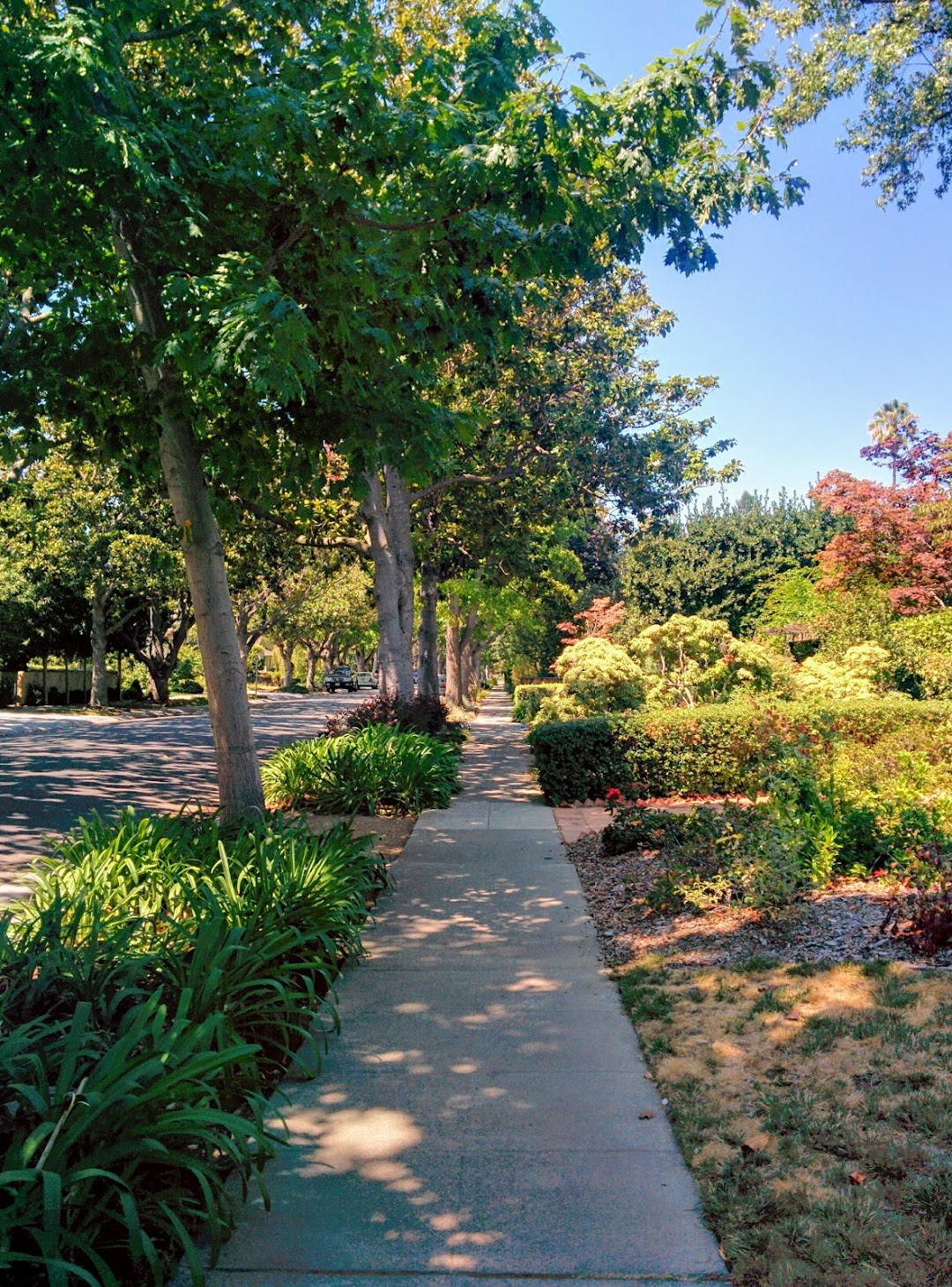
Fans of Lin-Manuel Miranda’s masterpiece Hamilton will appreciate this one:

The Stanford Shopping Center is located on the corner of Stanford’s (enormous) campus, between the hospital and Downtown Palo Alto. There are also two fully decked-out Apple stores within a stone’s throw of each other: one here, and one in Downtown. In this shot, I caught the afternoon sun peeking over the top of the Tesla showroom.

I stayed a few nights at a hacker house on N. California Ave. It was a simple three bedroom place that had been set up to sleep 12-14, and decked out with startup paraphernalia, complete with motivational posters and biographies of all the cult heroes. The nights I was there, there were a bunch of people staying there on a semi-permanent basis, ranging in age from 18-50, but most in the range 18-25.
These people were insanely ambitious: there was a 21 year old college drop-out starting a luxury smartwatch company. An 18 year old first day college drop-out, trying to start an autonomous vehicle related startup. Stuff hardly any Australian adults would dream of doing, let alone teenagers.

As I mentioned earlier, Californians are quite environmentally conscious – more so, I think, than the average Australian. In leafy Silicon Valley, the Tesla Model S is the ubiquitous badge of the elite. I probably saw over a hundred in the space of a couple of days; the novelty wore off quickly. A family owning both the Model S and the Model X was sufficiently rare that it was worth a photo:

I also had my first taste of Sushirritto in DT Palo Alto. These guys really nailed the Mexican-Japanese fusion. This shit is going to be huge in Australia in like 3 years. I’d take good odds.
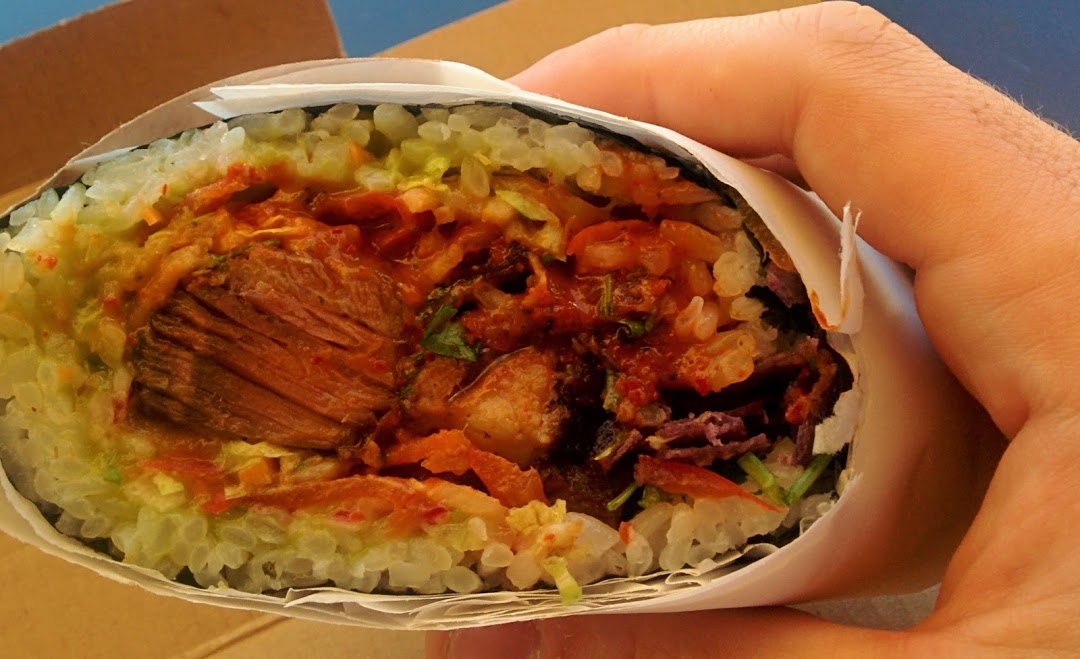
Aug 27: San Francisco
On the Saturday, I returned to SF and spent the day hanging out with two old friends from CGS: Richard Dear, who does data science at AirBnB, and Ross Dyson, who is now (December 2016) a frontend engineering at CloudFlare.

Aug 28: Muir Woods & Sausalito
On the Sunday I went on a bus tour to Muir Woods National Monument, just a few kilometres north of the Golden Gate Bridge. It is a beautiful old growth redwood forest. Despite the crowds, I found it a very reflective and peaceful experience. The natural scale and beauty of the place was really awe-inspiring.


I caught the ferry back across the Bay, which gave me a great view of Alcatraz Island, along with the former Federal Penitentiary, which I didn’t have time to check out. In the evening, I met up with Jaan Altosaar for dinner (after being generously introduced by Rafael Cosman, who was in turn introduced to me by Tom. )
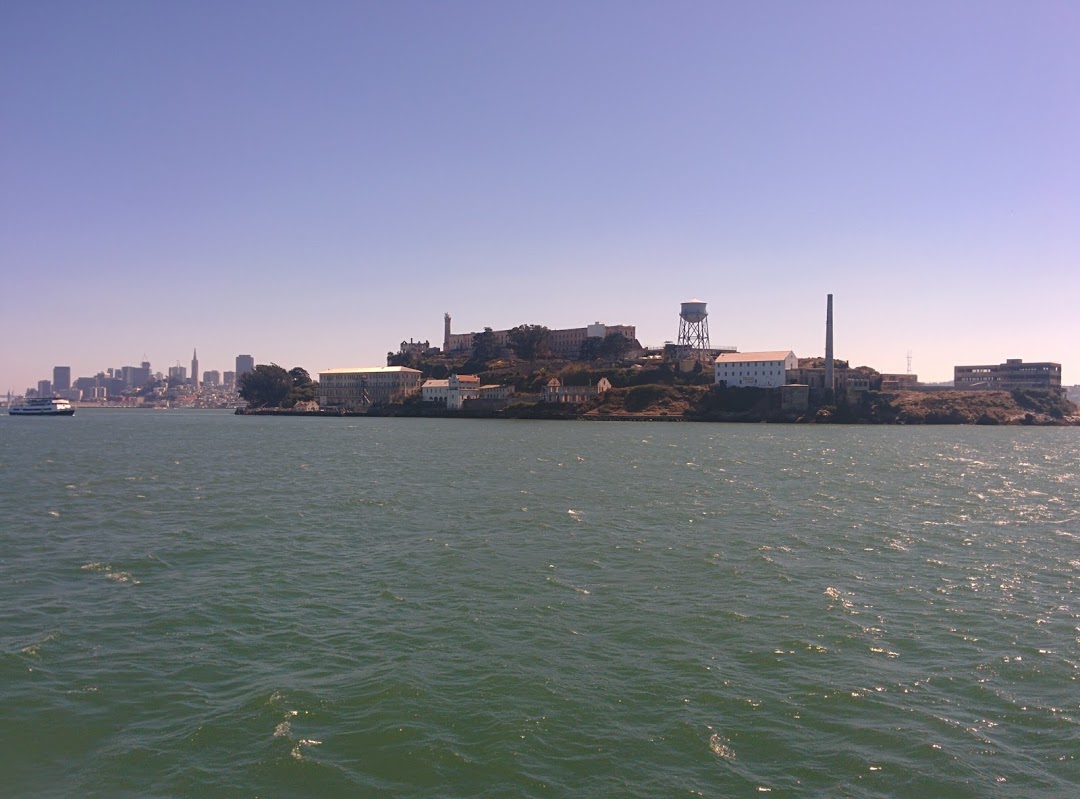
Aug 29:  (San Francisco Musem of Modern Art)
(San Francisco Musem of Modern Art)
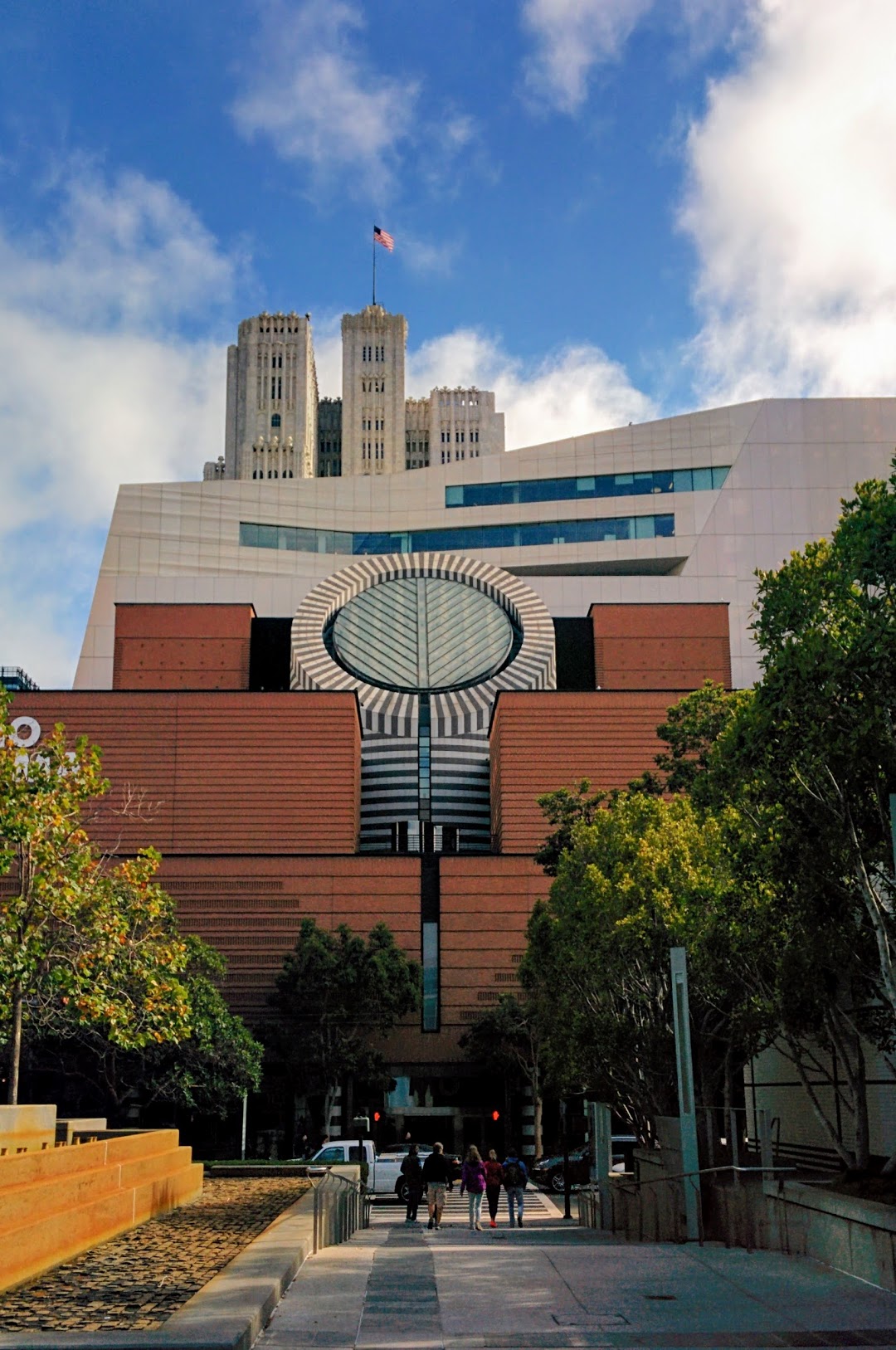
MoMA has seven floors, each divided into numerous sections that treat the different schools of 20th and 21st century art. I reckon it would take at least 6 hours to do it all justice. I tried my best to visit every room, but fatigue set in after around 3-3.5 hours. I’m really glad I went, and highly recommend it. For a visual art philistine like me, this was both an educational and invigorating experience.
In most Australian museums and galleries, photography is explicitly prohibited; here, however, people were blazing away with smartphones and SLRs without inhibition. Unfortunately, I only ended up taking a handful of photos, mostly because my smartphone camera performs quite poorly in low light conditions.
This work – The Verónica, by Jay Defeo – made a big impression on me, and I stared at it for quite a few minutes. The photo doesn’t really capture its scale; it towers over you like a monolith, at 3.3 metres in height. The paint is so thickly layered it almost resembles a sculpture – the shapes seem to almost erupt out of the canvas. The gradations of color, and the suggestion of movement also reminded me somewhat of a segment from Disney’s Fantasia (1940), which is a film I adored in my childhood.
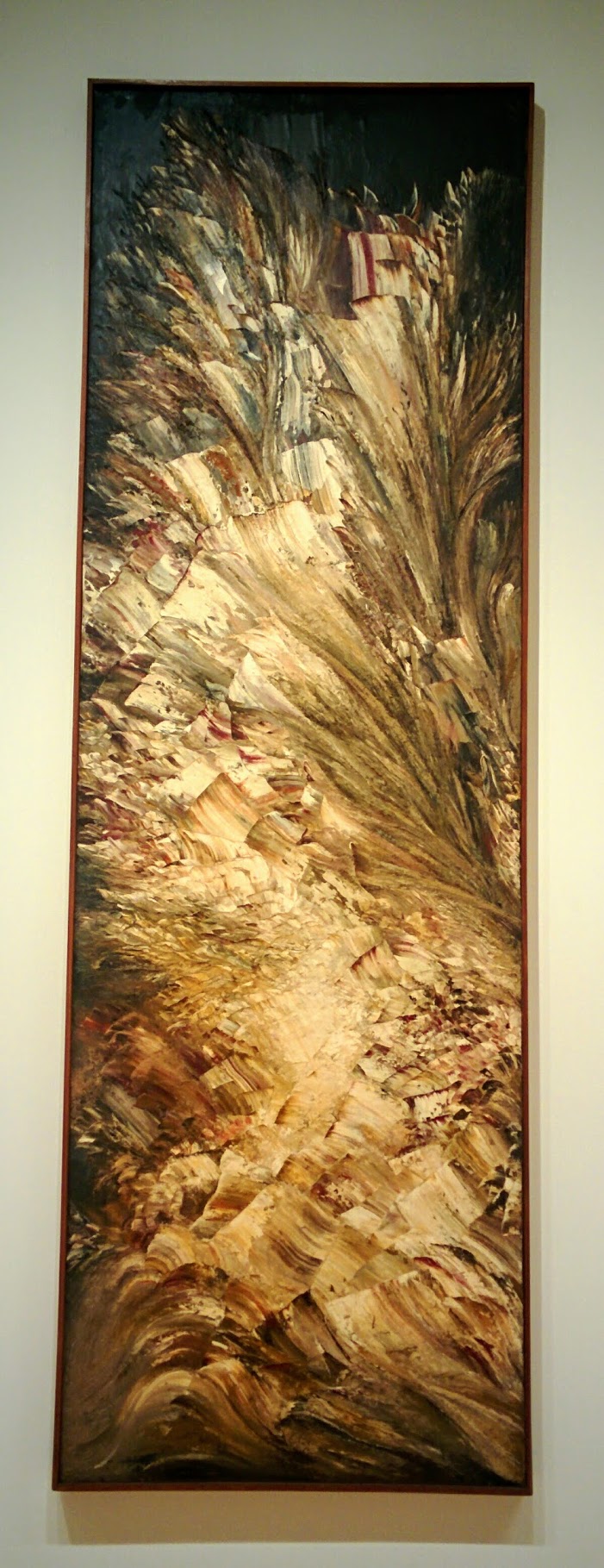
Readers that are familiar with Cormen et al.’s excellent Introduction to Algorithms textbook will recognize one of Alexander Calder’s Mobiles below. It’s a great choice for the cover of a book about algorithms and data structures; an iconic and beautiful work of art in its own right, and also an instance (in the abstract) of a tree, one of the most fundamental and important data structures in computer science.

In the evening, I had dinner with Daniel Filan in Berkeley, before getting ready for the CFAR workshop. And that’s the highlights of my first week in the Bay! In the following post, I’ll document what I learnt from the workshop itself. Stay tuned.
Meta
In the interests of becoming a better blogger, I’ll enumerate a few observations and things to work on, that occurred to me while writing up this post:
- This post took way too long to make. In my defence, I was rushing to get my MSc thesis finished from September-November 2016. Nevertheless, I need to be pushing out blog posts much more frequently if I want to ever join the ranks of the prolific rationalist blogosphere. The key, I think, is to lower my inhibitions about writing stuff online; this will come with practice, I expect.
- In retrospect, it occurs to me that I should be less coy about taking selfies with people: I actually met a bunch of awesome people, but I don’t have photos with which to remember those meetings, which is a bit of a shame. I’ll endeavour to be less shy about taking photos of/with people in future.
- This post turned out a bit boring for my taste – i.e., a bit light on the ground-shattering insights and a bit heavy on ‘Today I did X, Y, and Z. Cue photos’. Of course, this relates to point #1: I’m probably holding my writing to unreasonable standards here. And, naturally, writing up so long after the event will give it a bit of an oblique perspective, and it will naturally lack some of the emotional charge and excitement that it might have had, had I written it up immediately.